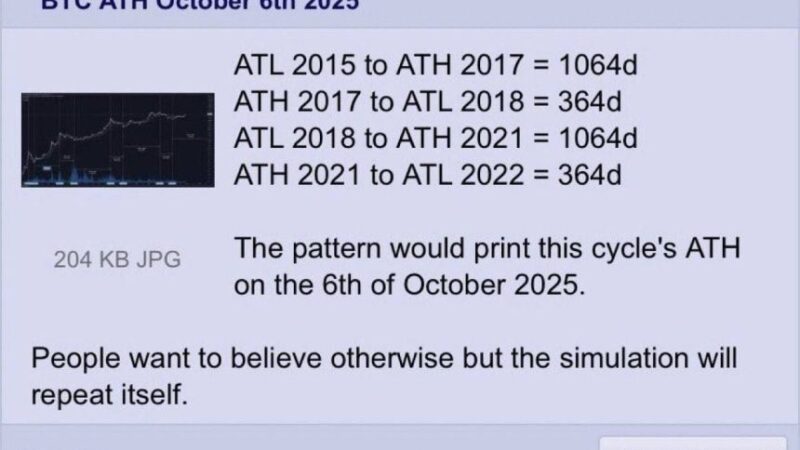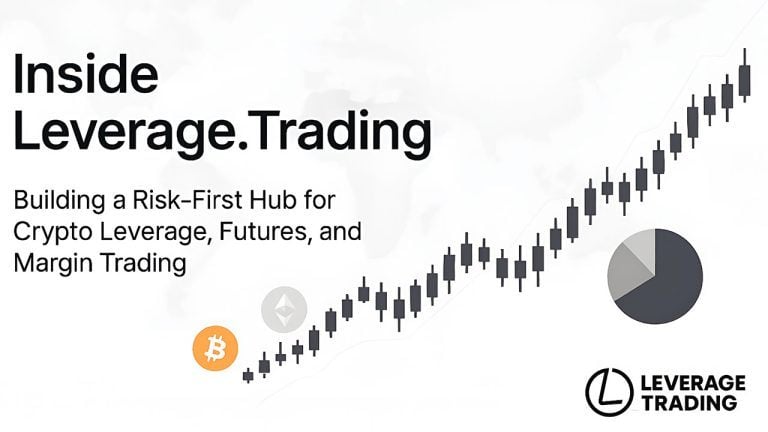Grayscale Debuts First-Ever U.S. Spot Crypto ETFs With Staking Rewards

Key Takeaways:
- Grayscale becomes the first U.S. issuer to launch spot crypto ETFs offering staking rewards.
- Ethereum Trust ETFs ($ETHE, $ETH) and Solana Trust ($GSOL) now allow investors to earn passive yield.
- The move positions Grayscale as a frontrunner in merging traditional ETFs with blockchain-based income generation.
Grayscale Investments has set a new precedent in the crypto industry, launching the first U.S.-listed spot crypto exchange-traded products (ETPs) that integrate staking. The company’s Ethereum Trust ETF (ETHE), Ethereum Mini Trust ETF (ETH), and Solana Trust (GSOL) now enable investors to earn staking rewards while maintaining exposure to the underlying digital assets.
Read More: First U.S. Spot ETFs for XRP & DOGE Launch Tomorrow, Tap Into $167B Altcoin Surge

A Landmark for U.S. Crypto ETFs
Grayscale has become the first to initiate staking in both Ethereum and Solana investment vehicles. This enables investors to earn passively through the use of proof-of-stake network rewards without having direct control of on-chain assets or running validator nodes.
The move by Grayscale is a step towards the digital evolution of ETFs. Although other Bitcoin spot ETFs had previously been allowed in the market, which were only linked to price movements, Grayscale products with staking capabilities bring forth yield potential, changing the way investors can engage in blockchain networks by regulated products.
Standing at the beginning of October, ETHE has about $4.8 billion in Ethereum and the Ethereum Mini Trust has about 3.3 billion. Along with the Solana Trust (assets of 122 million), these two products alone control more than 8.25 billion, which once again confirms the prominence of Grayscale in the crypto investment industry.
Read More: SEC Greenlights Generic Listing Standards, Unlocking Wave of Spot Crypto ETFs in U.S.
Income by Participation in the Network Passively
The proof-of-stake blockchains, including Ethereum and Solana, require staking, which means that users can lock tokens to certify transactions and protect the network. They in turn are yielded back by means of new tokens issued.
The Staking model by Grayscale is based on institutional custodians and professional validator partners, with some of the leading companies in this field being Coinbase Custody, Figment, and Kiln. These partners conduct validator operations and the funds can gain rewards without having to engage in active operations and remain liquid to make redemptions.
As opposed to individual staking, the rewards obtained by the ETFs of Grayscale are not paid out in form of individual payments, which guarantee tax efficiency and transparency in reporting, but instead as part of the net asset value (NAV) of the funds.
The institutional-grade model makes it easier to access staking yields and eliminate the technical complexity and custody risks associated with retail investors.
Ether and Solana: The Essence of Yield Innovation
Ethereum more than ever continues to be the foundation of decentralized finance and staking is now one of the most effective sources of network stability and scarcity. By the end of September, more than 36 million ETH, approximately 30% of the entire volume, are staked, which reduces circulating supply and provides resilience in long-term prices.
Solana, however, remains institutional-level performance-wise and in DeFi-related areas of strength. The addition of staking to Solana Trust by Grayscale (GSOL) is the network entering the regulated ETF markets. Subject to regulatory permission of uplisting, GSOL may be one of the first Solana spot ETFs to be staked in the U.S.
Market analysts argue that Solana staking yields are currently 6%-7% a year on average compared to Ethereum with an average yield of just over 3% to provide investors with the opportunity to receive diversified income streams across two of the busiest proof-of-stake ecosystems.

Bridging Traditional Finance and Blockchain Yields
Staking in ETFs converts two worlds: the old financial infrastructure and network economics on the blockchain.
Grayscale has enabled investors to access yield-generating crypto in a regulatory ETF format, which somewhat opens this previously exclusive crypto-only customer group to regulated access.
This is a continuation of a larger institutional yield-seeking trend in the crypto industry. Cryptocurrency is gradually gaining attention by traditional investors, who typically offer crypto as a purely speculative instrument, as the world interest rates level off and diversification becomes a necessity.
Scholars have also not been left behind. In a 2024 study, Associate Professor of Marquette University, David Krause, estimated that regulated staking ETFs would increase the network decentralization and will increase investor returns with compliance. The Grayscale model with passive participation of the validators and accrual of yields in NAV indicates a lot of these initial predictions.
The post Grayscale Debuts First-Ever U.S. Spot Crypto ETFs With Staking Rewards appeared first on CryptoNinjas.



